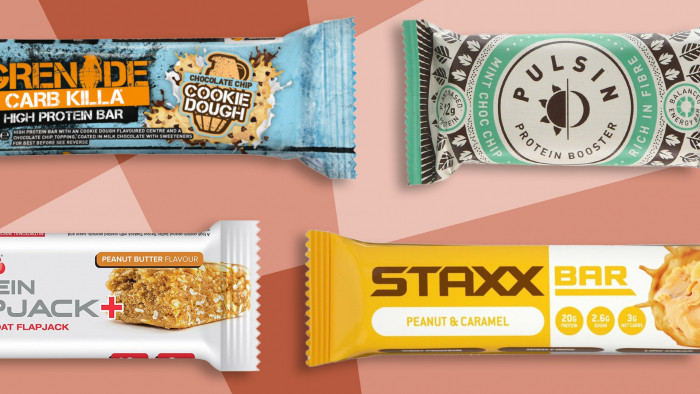Did you take up running as one of your fitness-related new year’s resolutions? Or perhaps you’re already a regular and preparing for a marathon? Either way, chances are you know it’s all about logging the miles to get better.
Wait, you don’t actually believe that, do you? There’s so much more to it. We asked personal trainer Barry Stalker (pro-trainer.co.uk) how you can get faster and improve your endurance without even putting running shoes on.
The rules
1. Massage your muscles
“If you run or lift weights but also sit in an office all day then your muscles will become increasingly tight, particularly in your legs, increasing your chances of injuries during training or races. Stretching will help, but will only do so much. A deep-tissue massage will help but is likely to be expensive. Your other option is purchasing a foam roller which can be used almost anywhere at any time – probably not in a board meeting or on a date, though. A foam roller is like a self-administered deep-tissue massage and there isn’t really a fine art to using them. Simply slowly roll around on the roller until you find an area that is sore or tight then hold for 10-20 seconds before slowly moving up and down again.”
2. Nourish your body
“Any form of exercise will take its toll on your body and the only way to effectively nourish it is with plenty of protein. Foods such as fish, chicken and eggs are a great source. Most people’s diet in the Western world is deficient in quality protein – add exercise to the equation and the problem becomes even more evident. You can also introduce a protein shake to your diet if you wish, but try to get most of your requirements from food. There is no better way to source it. Supplements should always be supplementary.”
3. Understand how to improve your VO2 max
“Whatever your distance as a runner, you will find your pace increasing when you start strength training. Why? It will boost your leg strength and improve your body’s efficiency when using energy and oxygen. This is because increasing the body’s ability to utilise oxygen efficiently is a primary goal of endurance training and is measured by VO2 max, or maximal oxygen uptake.”
The exercises
1. Lunges
“Take a good size step forward with one leg. The front leg should be bent so that your knee is directly over your ankle, forming a 90-degree angle. The rear leg should be straight. Return to a standing position by pushing backward with the heel of your forward leg. This lunge is a great exercise, because it recruits all of your leg muscles, primarily your glutes and hamstrings.”
2. Plank rotations
“This variation on the plank offers good core work while giving your shoulders a workout, too. Begin in the forearm plank position, except stack your forearms horizontally. Then rotate on to your left side, elbow beneath your shoulder and right hand on your hip. Your feet should be stacked, your body straight. Rotate back to the centre, then repeat on your right side.”
3. Single-leg deadlifts
“Fantastic for improving balance and stability. They’re also invaluable when it comes to developing your core, glutes, and hamstrings. Start in a standing position. Keep your back straight and bend forward at the hips while lifting one leg straight behind you – in line with your spine – and reaching your hands toward the ground. Return to starting position. Complete 10-12 reps. Add weight for further resistance once you’re comfortable.”
Latest


Ten things you need to know about Hyrox


Is clubbing actually good for you? We asked an expert


Horticulturist shares tips on how to urban garden
Related Reviews and Shortlists


Best gifts for runners that they'll actually want and use






